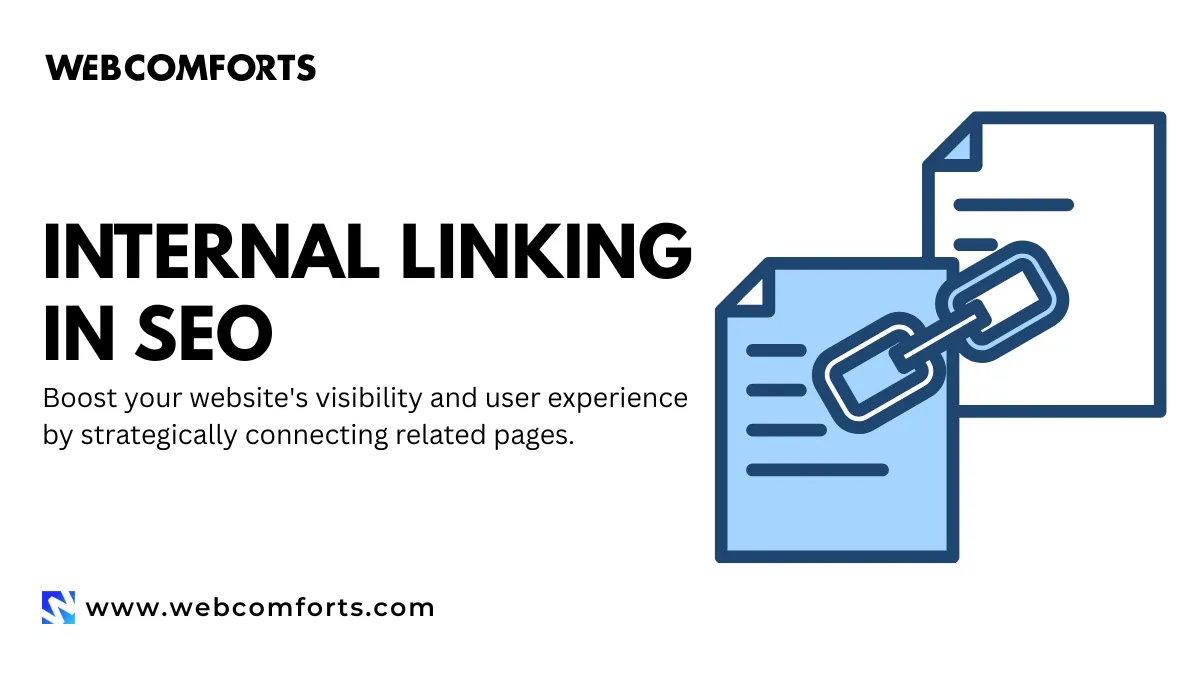The practice of linking different pages or content within a website is known as Internal linking. Internal linking is helpful for the users for navigating through the website and it is an important part of the search engine optimization (SEO).
Let’s discuss the key points about internal linking:
Improved Navigation:
Internal linking provides a clear path for the users to navigate from one page to another page within the website. This makes it easier for the visitors to access the relevant content and improves their overall user experience.
Spread Authority and PageRank:
Algorithms are used by search engines to determine the authority and relevancy of online sites. By connecting sites inside, you may spread authority and PageRank (a Google ranking criteria) throughout your website, which can improve the ranking of your pages in search results.
Keyword Anchor Text:
Internal links with relevant keywords as anchor text (the clickable content in a hyperlink) assist search engines in understanding what the linked page is about. It is, nevertheless, critical to employ anchor text naturally and prevent over-optimization.
Hierarchical structure:
Internal connections aid in the establishment of a hierarchical structure inside your website. Pages linked from the homepage or main navigation are more important to both visitors and search engines.
Deep Linking:
Deep linking allows you to send readers to specific portions or material inside a website rather than simply the page itself. This allows people to get specific information without having to navigate through long articles.
Breadcrumbs:
A type of internal linking, breadcrumb navigation illustrates the user's journey from the homepage to the current page. It promotes navigation and helps consumers grasp the structure of the website.
Traffic Recirculation:
By directing readers to similar or relevant information via internal links, you may encourage them to explore additional pages on your website, improving session duration and lowering bounce rates.
XML Sitemap:
While not exactly internal links, XML sitemaps assist search engines in indexing and understanding the structure of your website, which has an indirect influence on internal linking.
Avoid Broken Links:
Check your internal links on a regular basis to verify they are not broken or referring to non-existent pages. Broken links may have a detrimental impact on both user experience and SEO.
Use Relevant and Contextual Links:
Linking to relevant pages that give value or context to the reader's current page is more successful than providing random links.
Remember that internal linking should be done deliberately and naturally, with the goal of improving user experience and facilitating page navigation. Overstuffing material with internal links or engaging in manipulative practises may have poor SEO implications. Boost your online visibility with expert SEO-friendly web design in Sheffield. Partner with Web Comforts to build a site that supports strong internal linking and higher Google rankings.

No comments yet. Be the first to post!